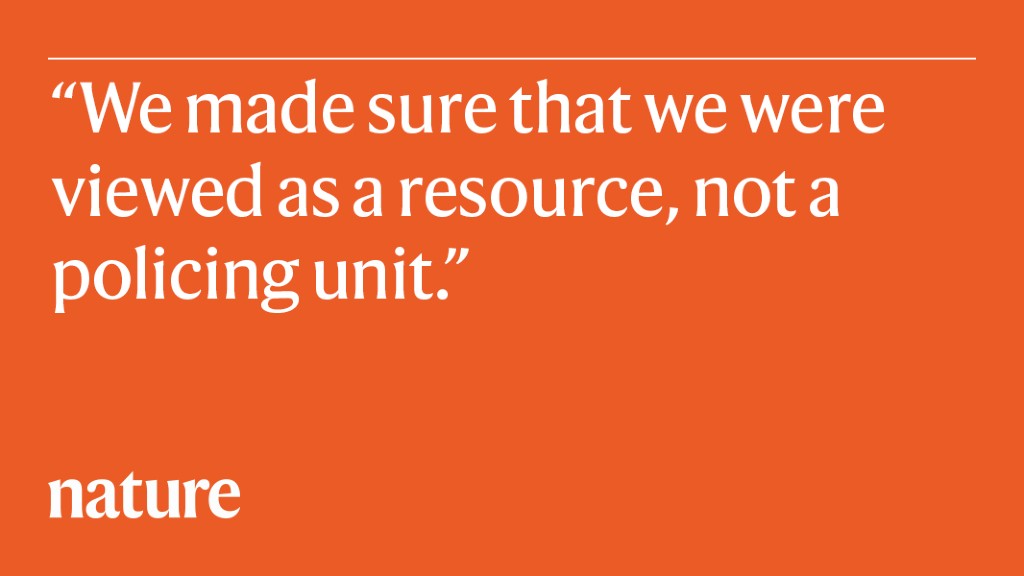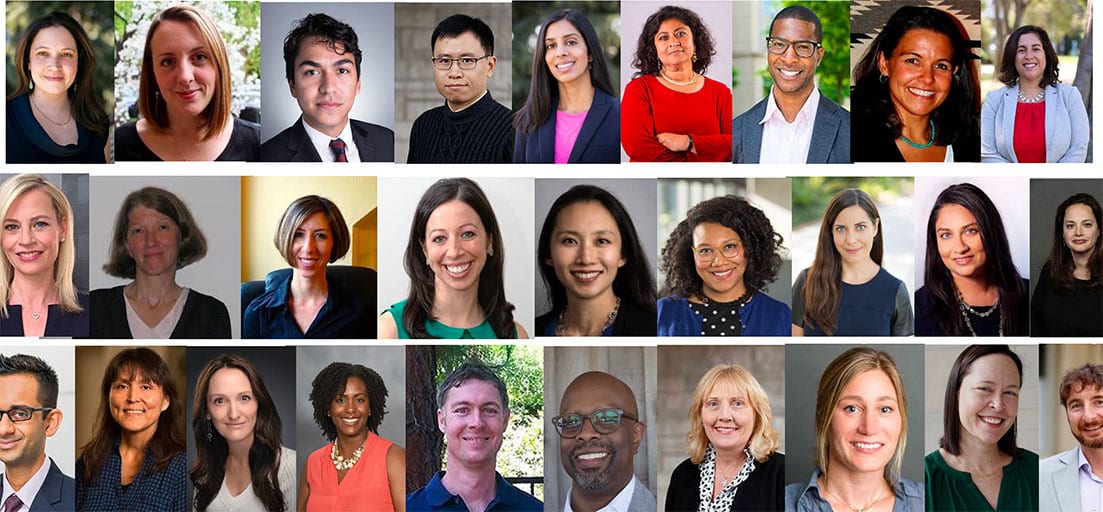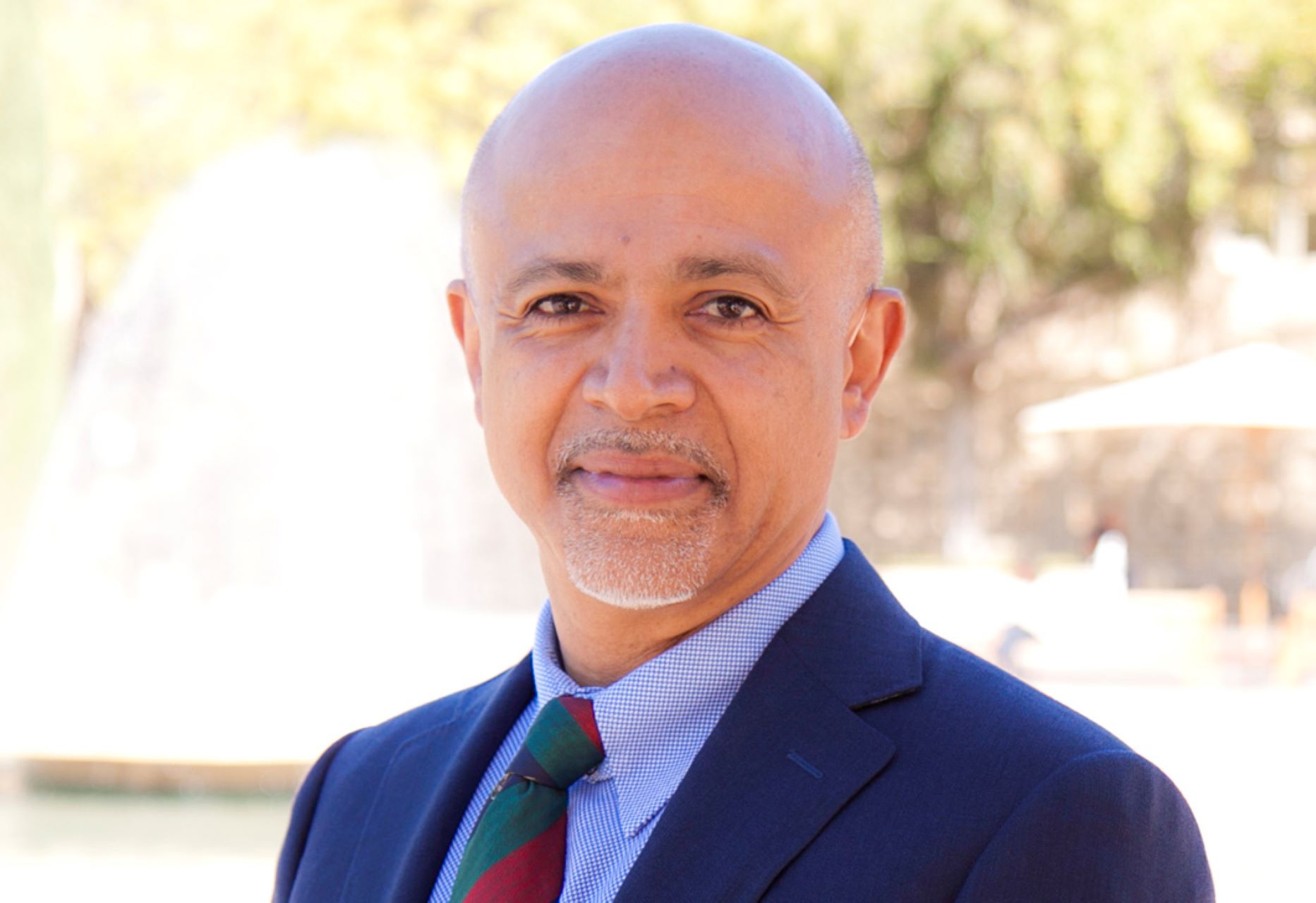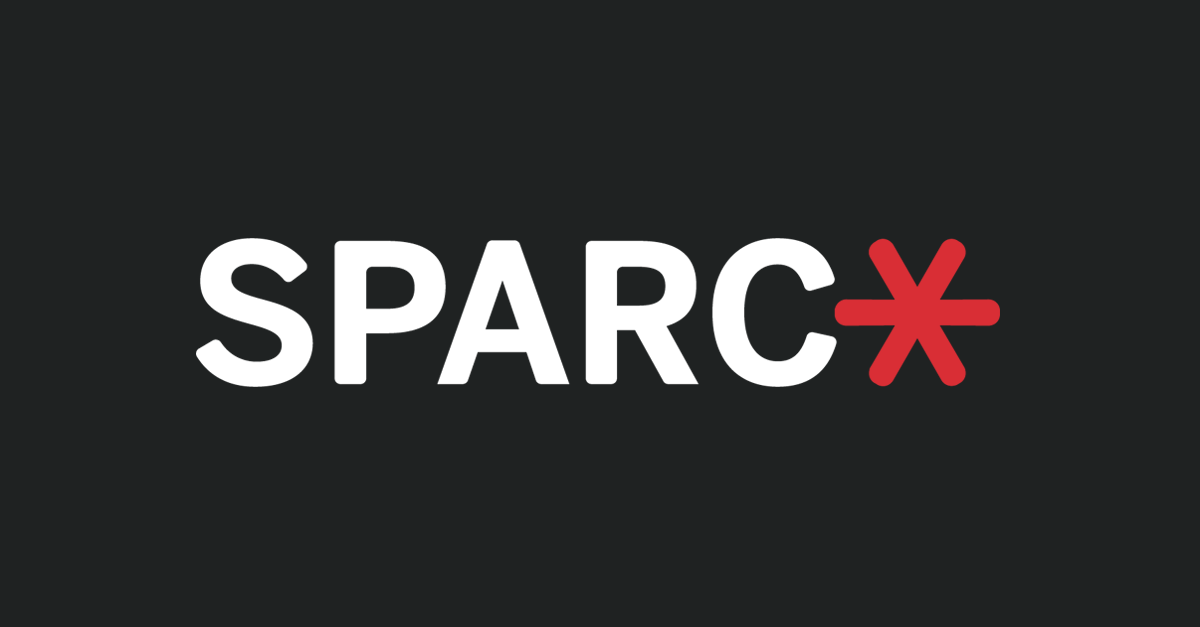Imagining a Transformed Scientific Publication Landscape
Open Science is not a finish line, but a means to an end. Widespread adoption of Open Science policies would improve the transparency, reusability and connectivity of scientific outputs.

Send us a link
Open Science is not a finish line, but a means to an end. Widespread adoption of Open Science policies would improve the transparency, reusability and connectivity of scientific outputs.

Discover the new functionalities of the EOSC Portal for new users: 14 and 21 January, 11-12:00 CET

Researchers in many countries need custom-built systems to do robust and transparent science.

The first draft text of the UNECSO Open Science Recommendation is currently open for comments.
"We see a diverse, interconnected, open, professional and viable, developing OS ecosystem in Europe on solid ground; one that is worth investing in. At the same time, this developing ecosystem faces a range of issues that challenge its path to a more open and sustainable future." This is a core conclusion of this new SPARC Europe report.
The extraordinary effort to speed the development of treatments and vaccines in response to the COVID-19 pandemic has put into sharp relief the need for the global science community to share scientific data openly.
A look at international activities on Open Science reveals a broad spectrum from individual institutional policies to national action plans. The present Recommendations for a National Open Science Strategy in Austria are based on these international initiatives and present practical considerations for their coordinated implementation with regard to strategic developments in research, technology and innovation (RTI) in Austria until 2030. The recommendation paper was developed from 2018 to 2020 by the OANA working group "Open Science Strategy" and published for the first time in spring 2020 for a public consultation. The now available final version of the recommendation document, which contains feedback and comments from the consultation, is intended to provide an impetus for further discussion and implementation of Open Science in Austria and serves as a contribution and basis for a potential national Open Science Strategy in Austria. The document builds on the diverse expertise of the authors (academia, administration, library and archive, information technology, science policy, funding system, etc.) and reflects their personal experiences and opinions.
Big moves to rebuild the scientific infrastructure are possible, argues Ulrich Dirnagl.

Kirstie Whitaker and Olivia Guest ask how open ‘open science’ really is.
We need more transparency in how scientific knowledge is created and communicated, especially in the context of a pandemic where science should guide important decisions affecting millions of people.

The international Wikimedia movement, best known for its community-based online encyclopaedia Wikipedia, marked its 15th anniversary by setting its sights on the year 2030 and defined strategies, values and goals in an open process. Wikimedia Germany’s Nicole Ebber and Holger Plickert have answered some questions about the transformation, how Wikimedia wants to become the largest knowledge infrastructure in the world and what connections they see to libraries.

COKI Project Co-lead Professor Cameron Neylon outlines why he is supporting a campaign calling for all abstracts to be made open access.

In the world of scientific research today, there’s a revolution going on – over the last decade or so, scientists across many disciplines have been seeking to improve the workings of science and its methods. To do this, scientists are largely following one of two paths: the movement for reproducibility and the movement for open science. Both movements aim to create centralized archives for data, computer code and other resources, but from there, the paths diverge.

Exploring the structure, cultural frames of collaboration, and representation of women in the open science and reproducibility literatures.

Invest in Open Infrastructure receives initial funding to launch and hire a Director.

The FAIR principles answer the 'How' question for sharing research data, but we also need consensus on the 'What' question.

“The point of Unsub is to take away much of the uncertainty of doubt around cutting journals,” says Jason Priem, one of the co-founder of the non-profit oranization Our Research.

With a poor return of value, and a huge overhead for research, patents are a bad investment for the academy, this article argues.

How have Open Science principles fared in times of COVID-19?

Written by Marta Teperek & Alastair Dunning 4TU.ResearchData is an international repository for research data in science, engineering and design. After over 10 years of using Fedora, an open so…

In the last decade Open Science principles, such as Open Access, study preregistration, use of preprints, making available data and code, and open peer review, have been successfully advocated for and are being slowly adopted in many different research communities. In response to the COVID-19 pandemic many publishers and researchers have sped up their adoption of some of these Open Science practices, sometimes embracing them fully and sometimes partially or in a sub-optimal manner. In this article, we express concerns about the violation of some of the Open Science principles and its potential impact on the quality of research output. We provide evidence of the misuses of these principles at different stages of the scientific process. We call for a wider adoption of Open Science practices in the hope that this work will encourage a broader endorsement of Open Science principles and serve as a reminder that science should always be a rigorous process, reliable and transparent, especially in the context of a pandemic where research findings are being translated into practice even more rapidly. We provide all data and scripts at . ### Competing Interest Statement The authors have declared no competing interest.

Discover open scholarship resources created and curated by the community.
